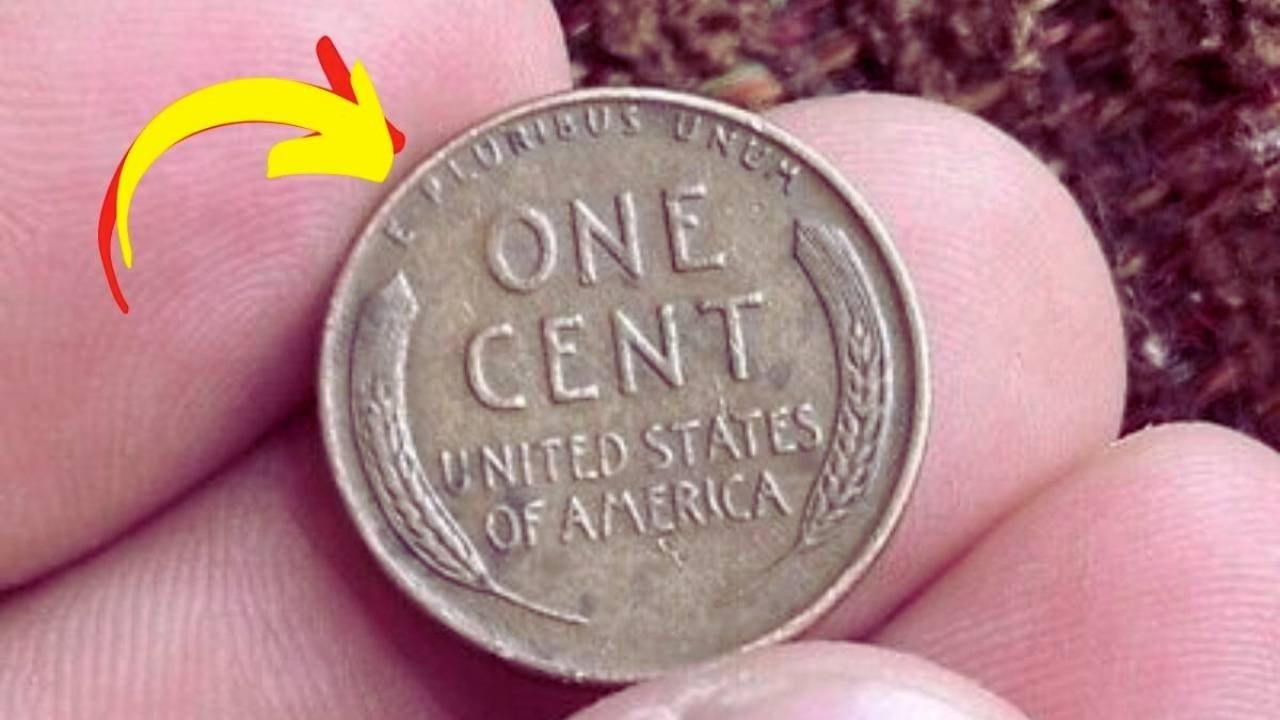Imagine digging through your change and pulling out a penny worth more than a brand-new Corvette. Sounds unreal, right? Yet for coin collectors—and even the occasional lucky person—it’s a very real possibility. The Lincoln Wheat Penny, a humble piece of American history, has some rare variations that can sell for jaw-dropping amounts. In fact, one recently went under the hammer for a staggering $144,000. That sale has people wondering: could these hidden treasures still be floating around in circulation?
A Look Back at the Classic Penny
The Lincoln Wheat Penny first appeared in 1909, celebrating the 100th birthday of President Abraham Lincoln. It was groundbreaking—Lincoln’s profile was the first real person ever placed on a U.S. coin. The reverse side featured two simple wheat stalks, a nod to America’s farming heritage, which is how the coin earned its nickname.
Minted until 1958, Wheat Pennies were primarily made of copper, except during key moments in history like World War II. Collectors have always loved them, partly because they’re nostalgic and easy to find, and partly because certain years and mint marks carry extraordinary value. While many are only worth a few cents, others can fetch life-changing sums.
The Wartime Error That Made Millionaires
World War II brought a huge demand for copper, needed for weapons and ammunition. To save resources, the U.S. Mint struck pennies in 1943 using steel coated with zinc. They looked silvery, almost like dimes, and felt lighter in the hand.
But here’s where it gets interesting—a handful of 1943 pennies were mistakenly minted using leftover bronze planchets from 1942. Only about 20 to 40 of these bronze 1943 Wheat Pennies are believed to exist today. For collectors, this error is the holy grail. Finding one could literally mean a six- or seven-figure payday.
Soaring Prices at Auctions
The value of these rare coins has only gone up. At a 2025 auction, one pristine bronze 1943 Wheat Penny sold for $144,000, attracting bidders from around the globe. And that’s not even the record—other examples have crossed the million-dollar mark.
The secret to these sky-high prices lies in rarity, condition, and authenticity. Professional graders score coins on a 70-point scale, and even moderately worn bronze 1943 pennies are worth thousands. Just compare the basics:
| Feature | Standard 1943 Penny | Rare Bronze 1943 Penny |
|---|---|---|
| Material | Steel with zinc | Bronze (copper alloy) |
| Color | Silver-gray | Reddish-brown |
| Weight | ~2.7 grams | ~3.1 grams |
| Known Examples | Billions | Fewer than 40 |
How to Hunt for Your Own Treasure
Think you’ve spotted one? Start with the date—look for 1943. Then grab a magnet: steel pennies stick, but bronze ones won’t. Weighing it helps too; bronze pennies are slightly heavier. And don’t ignore the color—bronze has that warm coppery glow, while steel pennies are dull gray.
If your penny checks those boxes, get it authenticated at a reputable coin shop or grading service. Even if it’s not the legendary 1943 bronze, other Wheat Pennies—like the 1909-S VDB—can be worth hundreds of dollars.
The Big Question: Still in Circulation?
Here’s the kicker—yes, these rare pennies could technically still be out there. Because they remain legal tender, someone might have one sitting in a coffee can or passed down through family change jars without realizing its value. Stories surface from time to time about incredible finds in bank rolls or estate collections.
The odds aren’t great, but they aren’t zero either. And that’s part of the magic. Every time you get a handful of change, there’s a sliver of a chance that one little penny could rewrite your financial future. After all, in coin collecting, the smallest discoveries often bring the biggest surprises.
